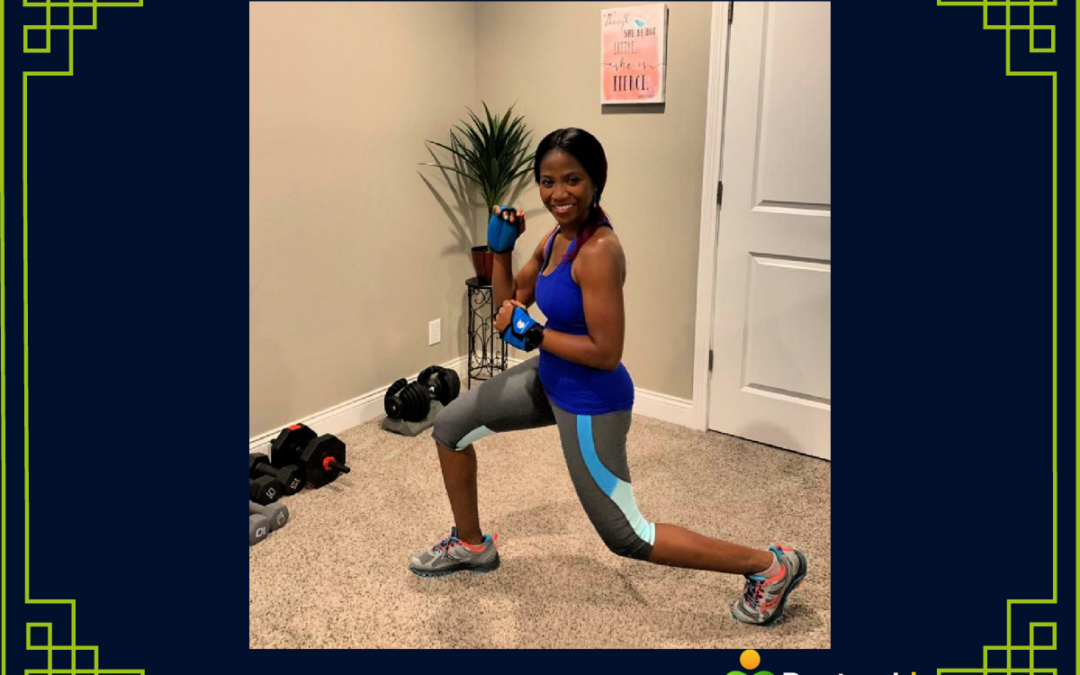A common reason for not exercising is lack of time. However, to stay healthy, we need at least 30 minutes of exercise daily, assuming we exercise 5 days a week. I would love to spend half an hour exercising daily, but that is practically impossible because I have work to do, a family to take care of, books to read, friends to connect with, a spiritual life to nourish, places to visit, and so much more. So what do I do? I find an effective way to manage my exercise time. Fortunately, I can also stay healthy by exercising 25 minutes a day, just three days a week! Now, that is what I call efficiency! But how do I create this shortcut? By simply doing High-intensity interval training (HIIT)! So, if you are short of time, try a HIIT workout!
First, let’s look at how much time we need to devote to exercise to stay healthy.
How much exercise is enough for health?
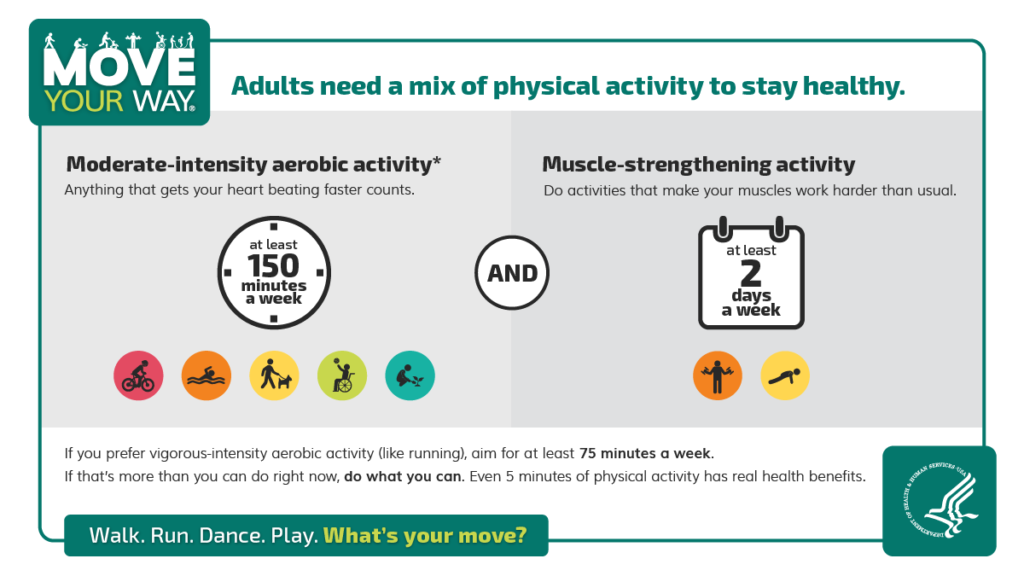
To stay healthy, we need at least 150 minutes (2.5 hours) to 300 minutes (5 hours) of moderate-intensity aerobic exercise, like brisk walking or fast dancing, each week. We also need muscle-strengthening exercises, like lifting weights, at least two days each week. Adding strength training to your aerobic activity means you really need to exercise about 45 minutes daily, assuming you exercise 5 days a week. Now, if you have the time and motivation to exercise for 45 minutes a day, you are one of a lucky few.
The rest of us can get the same health benefits if we do vigorous-intensity aerobic exercise, like running, 75 minutes to 150 minutes a week. I bet runners are ecstatic about this piece of good news. For non-runners like myself, there is hope! High-intensity interval training (HIIT) is another way to perform vigorous-intensity aerobic exercise.
What is High-intensity interval training (HIIT)?
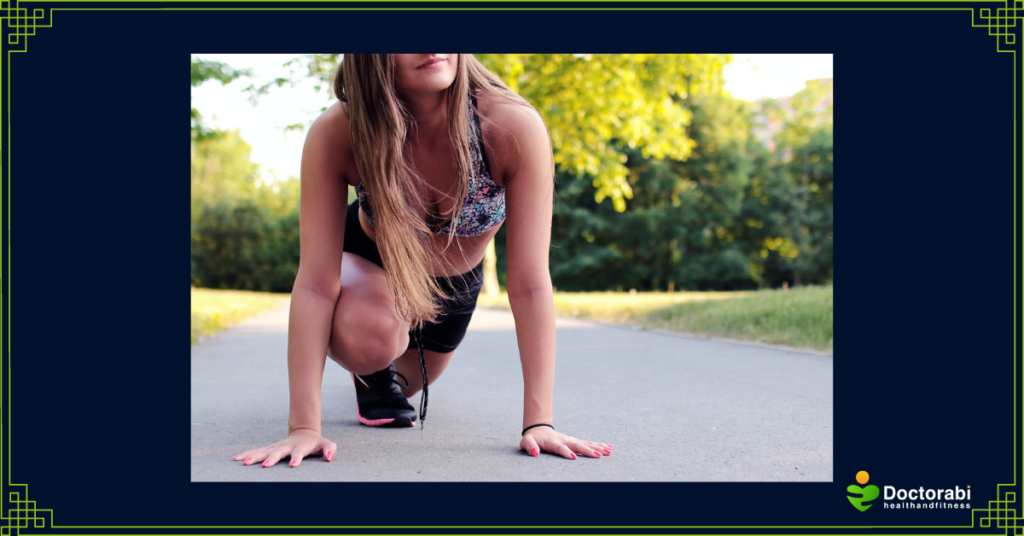
HIIT is a form of exercise where you alternate exercising at maximal effort for short periods with less intense recovery periods. For example, you push yourself to your highest exercise limit for one minute and then exercise at half capacity for 30 seconds and continue to alternate.
There is no hard and fast rule to HIIT, so you can make it as flexible as you want. Furthermore, you can increase or decrease your time at maximal effort or recovery, depending on your fitness level. Finally, you can do HIIT workouts for however long you wish, usually 10 to 30 minutes. When it comes to HIIT, there are no universally accepted rules. However, most experts agree that you should not do HIIT more than three times a week so you can give your body enough time to rest in between HIIT sessions.
What happens during HIIT?

Here are a few things that happen during and after your HIIT workout.
1) Your heart rate increases because your heart pumps more blood and oxygen to your muscles as you exercise.
2) You burn more calories during and after your HIIT session because your body works hard to restore your depleted oxygen.
3) The magic of HIIT is that you continue to burn calories long after your HIIT workout, also known as the after-burn effect.
4) Overall, you burn more fat and calories with HIIT training than with regular exercise.
Benefits of HIIT

1) HIIT is more effective at reducing body fat, especially around the waist, compared to other types of exercise. The fat-burning effect of HIIT is significantly more pronounced if you are overweight.
2) HIIT makes your body more sensitive to insulin, thereby reducing your risk of diabetes.
3) HIIT can help lower your blood pressure.
4) Your fitness level increases significantly with HIIT.
5) HIIT offers great heart benefits, especially if you are overweight, obese, or are at high risk of heart disease and diabetes.
Side effects of HIIT
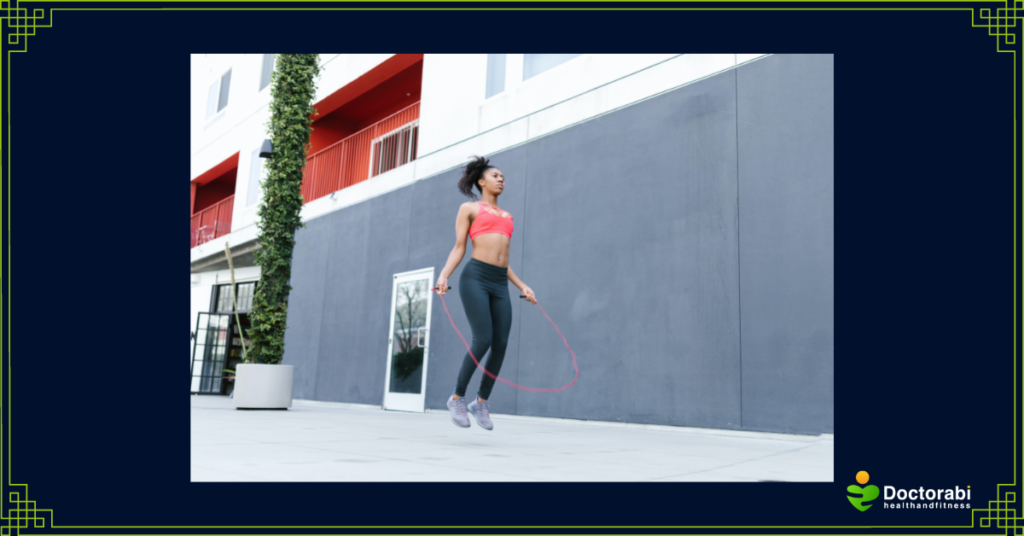
Too much HIIT is not good for you and is not recommended. Schedule at least 24-48 hours of rest between your HIIT workouts. Overall, avoid doing HIIT more than two to three times a week. In addition, try to limit your HIIT workouts to 30 minutes or less.
Here are a few side effects to be aware of, especially with excessive HIIT:
1) Effect of HIIT on Cortisol Levels
HIIT causes your body to produce more cortisol, the “stress hormone.” The temporary spikes in cortisol produced during HIIT can help control your blood sugar levels and regulate your metabolism. However, doing HIIT too frequently will increase your cortisol levels over a long period. This increase in cortisol levels can produce unwanted side effects, such as fatigue, weight gain, and mood swings.
2) Effects of HIIT on the Joints
Many HIIT programs feature high-impact moves, which are hard on the joints. Follow these steps to avoid undue stress and injury during HIIT:
a) Learn and practice good form. If you are new to exercising, you may need to work with an exercise professional to learn good form.
b) Modify with lower impact exercises that can still increase your heart rate.
c) Reduce your HIIT workouts to once or twice a week.
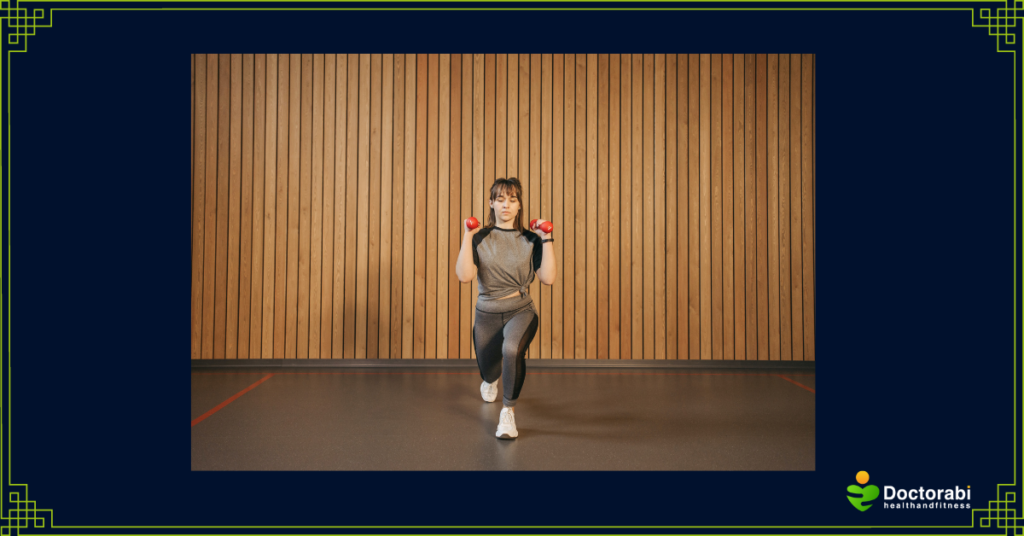
3) Effects of HIIT on Metabolism
HIIT produces significant health benefits when done no more than two to three times per week. However, HIIT performed five days a week or more can disrupt your cells from functioning properly and disturb blood sugar and insulin production.
4) Effects of HIIT on Motivation
HIIT can increase your motivation to exercise because you accomplish more in a shorter period. Participants in one study found HIIT more enjoyable and more time-efficient than regular exercise. However, you may start to dread your HIIT workout if done with too much intensity and frequency. Remember, you can always perform gentler activities like walking on days you don’t feel like doing a HIIT workout.
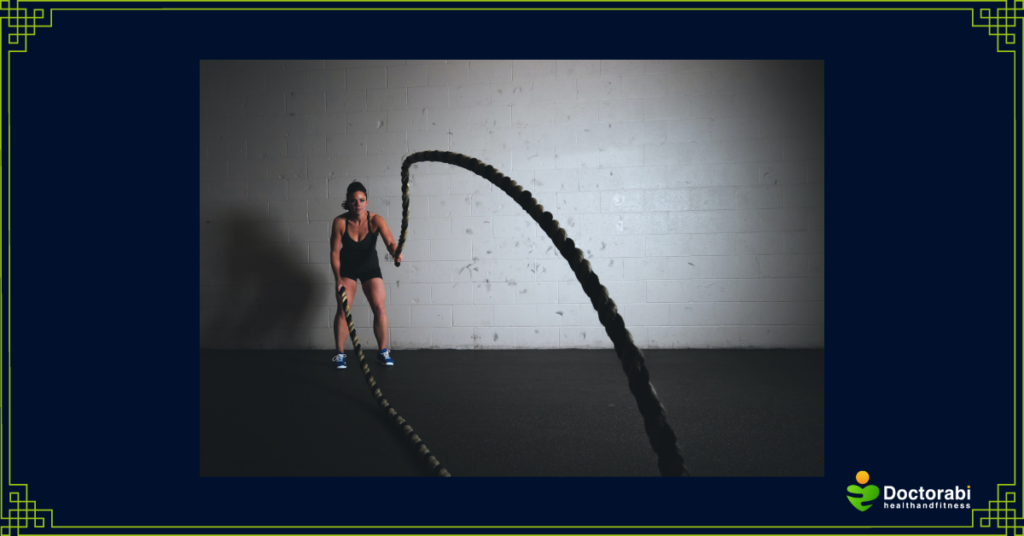
Who should avoid HIIT?
Generally speaking, anybody at any age can do HIIT as long as the intensity, impact, and duration are modified to suit the person’s physical health. HIIT is not advised if you are injured, sick, pregnant, or have a heart condition. Additionally, avoid HIIT if you have osteoporosis or have recently undergone cardiac surgery. When in doubt, ask your doctor if HIIT is safe for you.
Final Thoughts
Is HIIT right for you? Maybe, maybe not. Quite honestly, there are times when I feel HIIT is the answer to all my exercise woes, and, at other times, I avoid HIIT for months. I often reach for HIIT workouts when I am extremely short of time or when I need to lose a few pounds rapidly, like after the holidays.
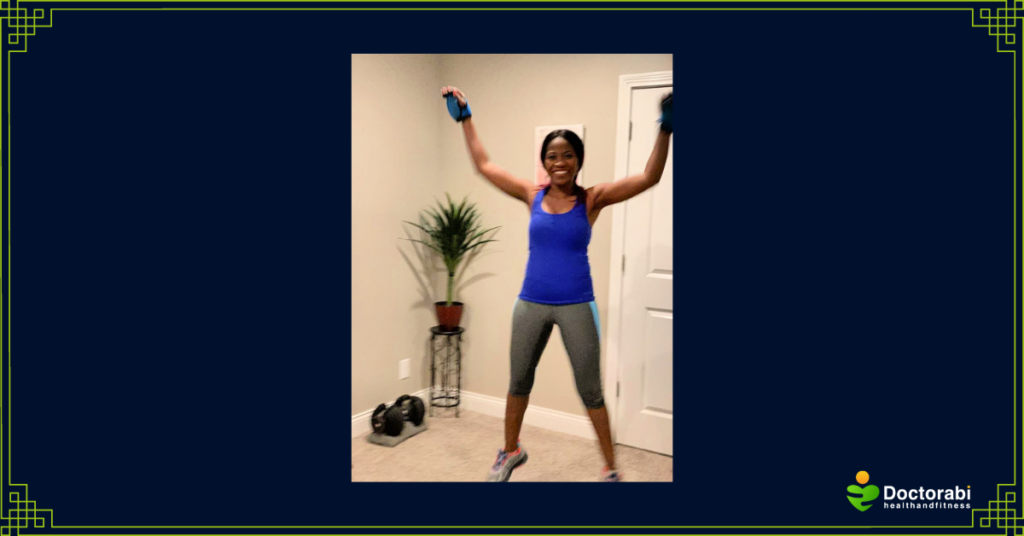
I specifically like HIIT workouts because I get the opportunity to push myself. Getting through a challenging HIIT workout is quite fulfilling and can open up your mind to the possibility that you could push yourself to accomplish the seemingly impossible.
Remember, not all HIIT is high impact. Protecting our joints should be of utmost priority, so take the low-impact option if you need to. Also, in addition to your HIIT or other aerobic activity, you need at least two days of strength training each week to get the most health benefits. To learn more about the benefits of strength training, check out “12 Reasons Every Woman Over 40 Should Strength Train.”
Finally, overall, HIIT spells good news! And here is why – if you don’t have five days a week to exercise, three days can be just as good! So, have you tried HIIT? If not, take the leap, try it, and feel free to share your thoughts and comments below.
Yours in health and fitness,
Doctor Abi.

